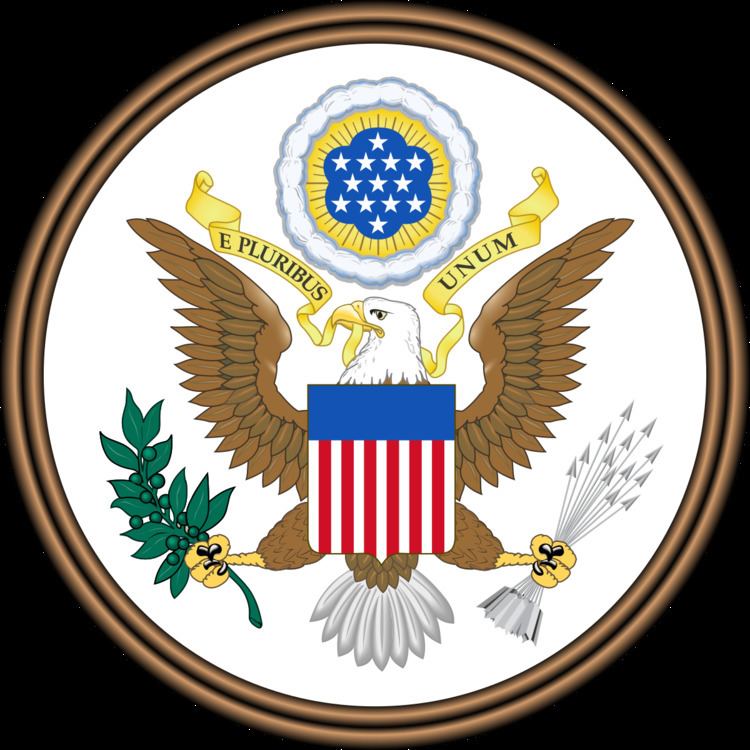Introduced on February 14, 2013 | Number of co-sponsors 2 | |
 | ||
Full title To amend the Wild and Scenic Rivers Act to designate a segment of the Beaver, Chipuxet, Queen, Wood, and Pawcatuck Rivers in the States of Connecticut and Rhode Island for study for potential addition to the National Wild and Scenic Rivers System, and for other purposes. Sponsored by Rep. James R. Langevin (D, RI-2) Act(s) affected Wild and Scenic Rivers Act | ||
The Wood-Pawcatuck Watershed Protection Act (H
Contents
The bill was introduced by Rep. James Langevin (D-RI) on February 14, 2013. When speaking in favor of the bill on the House floor, Rep. Langevin said that the rivers under consideration "outstanding recreational, natural, and historical qualities that make them worthy of designation of Wild and Scenic Rivers."
This is not the first time that this act has been proposed. Rep. James Langevin also introduced a similar bill (H
Provisions/Elements of the bill
This summary is based largely on the summaries provided by the Congressional Research Service and Congressional Budget Office, both public domain sources.
H.R. 723 would require the National Park Service (NPS) to study segments of the Beaver, Chipuxet, Queen, Wood, and Pawcatuck Rivers in Rhode Island and Connecticut for potential additions to the National Wild and Scenic Rivers System. Based on information provided by the NPS, the Congressional Budget Office has estimated that implementing the legislation would cost about $400,000 over the next three years, assuming the availability of appropriated funds.
The Wood-Pawcatuck Watershed Protection Act would amend the Wild and Scenic Rivers Act to designate for study for potential addition to the national wild and scenic rivers system specified segments of the Beaver, Chipuxet, Queen, Wood, and Pawcatuck Rivers in Rhode Island and Connecticut. If passed, the Act would require the study to: (1) include the effect of designation on existing commercial and recreational activities, energy production and transmission infrastructure, and the authority of state and local governments to manage such activities; and (2) identify authorities allowing the influence of local land use decisions or restrictions on non-federal land, condemnation authorities, and all private property located in the study area.
House
The Wood-Pawcatuck Watershed Protection Act H
Senate
The Wood-Pawcatuck Watershed Protection Act was received in the United States Senate on June 12, 2013.
